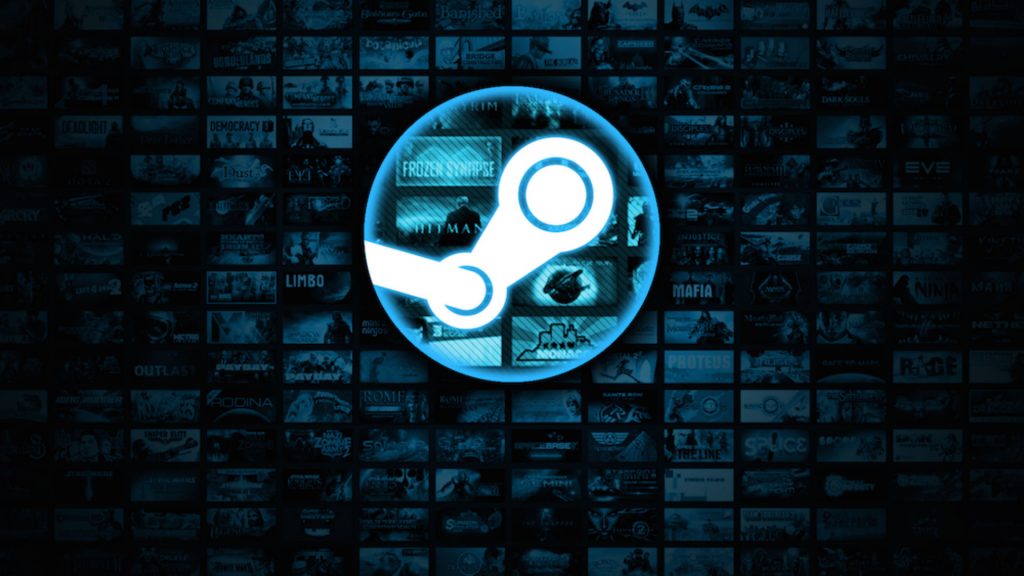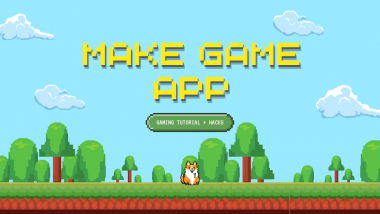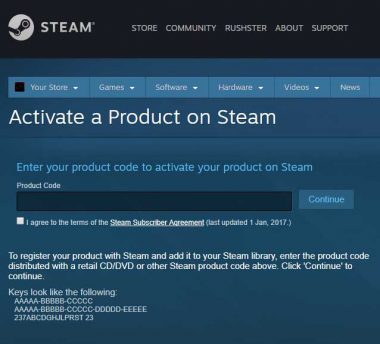In the vast and competitive world of gaming, indie developers often find themselves facing a unique set of challenges. Creating an exceptional game is just the beginning – getting it noticed in a sea of titles is a monumental task. This is where the power of self-publishing and effective marketing strategies comes into play. In this guide, we’ll explore the journey from crafting your game to successfully marketing it, empowering indie game developers to rise above the noise and achieve recognition.
Benefits of Self-Publishing
There are many benefits to self-publishing your game. Here are just a few:
Complete control
You get to decide everything about your game, from the design and style to the gameplay and story.
More profits
You keep more of the money your game makes, instead of giving it up to a publisher.
More flexibility
You can release your game whenever you want, without having to wait for a publisher’s approval.
More creativity
You can be more creative with your marketing and reach out to your target audience directly.
Challenges of Self-Publishing

Of course, there are also some challenges associated with self-publishing. Here are a few:
It can be difficult to get your game noticed.
There are a lot of great indie games out there, so it can be hard to stand out from the crowd.
You have to do all the work yourself.
This includes marketing, development, and even customer support.
It can be expensive.
You’ll need to pay for things like marketing, development, and hosting.
Tips for Self-Publishing
If you’re thinking about self-publishing your game, here are a few tips:
Do your research
Learn as much as you can about self-publishing before you get started. There are many resources available to help you.
Start small
Don’t try to do too much at once. Start with a small game and build your skills and experience.
Be patient
It takes time to build a successful indie game. Don’t get discouraged if you don’t see immediate results.
Be persistent
Keep working hard and promoting your game. Eventually, you will find your audience.
Self-publishing can be a great way to achieve your dream of creating a successful indie game. If you’re willing to put in the work, it can be a very rewarding experience.
Preparing Your Game for Launch
Make your game awesome
Get feedback from beta testers
Beta testers are players who will play your game before it’s released to the public. They can give you valuable feedback on the game’s bugs, gameplay, and overall experience. You can find beta testers by posting on social media, game forums, or other online communities.
Fix any bugs
Bugs are errors in your game that can cause problems for players. Make sure you fix any bugs that are found by beta testers before you launch your game. You can use a bug tracking system to keep track of bugs and their status.
Polish your game
Polishing your game means making it look and feel its best. This includes things like improving the graphics, adding sound effects, and fixing any minor issues. You can use a variety of tools to polish your game, such as a game engine, a level editor, and a sound editor.
Showcase your game
Create trailers and screenshots
Trailers and screenshots are a great way to show off your game to potential players. Make sure they’re high-quality and attention-grabbing. Use a video editing software to create trailers, and use a screenshot capturing software to take screenshots.
Share your game on social media
Social media is a great way to get the word out about your game. Share trailers, screenshots, and other updates with your followers. You can also use social media to run contests and giveaways to generate excitement for your game.
Submit your game to game festivals and contests
Game festivals and contests are a great way to get exposure for your game. If you win, you could also win prizes that can help you promote your game. You can find game festivals and contests by searching online.
Get ready to launch
Test your game thoroughly
Make sure you test your game on a variety of devices to make sure it works properly. You should also test it with different types of players to get feedback on the gameplay. You can use a variety of tools to test your game, such as a game engine, a level editor, and a debugger.
Fix any last-minute bugs
It’s always possible that some bugs will slip through the cracks. Make sure you fix any last-minute bugs before you launch your game. You can use a bug tracking system to keep track of bugs and their status.
Have a plan for launch day traffic.
Launch day is usually the busiest day for your game. Make sure you have a plan for how you’re going to handle the traffic. This could include things like increasing your server capacity or having a backup plan in case of technical problems.
Building Your Game Website
Your game website is a central hub for people to discover your game. It’s where they can learn about the game, watch trailers, and download it. Here are some tips on how to build an effective game website:
Make it visually appealing and reflect the style of your game.
Use colors, fonts, and images that are consistent with the game’s overall aesthetic. This will help create a cohesive and visually appealing website that will resonate with your target audience.
Use high-quality images and videos.
This will give visitors a better sense of what your game is about and make them more likely to want to learn more.
Keep your website organized and easy to navigate.
Visitors should be able to find the information they’re looking for quickly and easily.
Provide visitors with a window into your game’s world.
Include screenshots, trailers, and gameplay videos. This will give visitors a taste of what your game is like and make them more likely to want to play it.
Write a detailed description of the game.
This should include information about the game’s story, characters, gameplay, and features.
Share images and videos of the game’s development process.
This can help build excitement for the game and give visitors a sense of the team’s passion and dedication.
Keep your website up-to-date.
Make sure your website is always up-to-date with the latest information about your game. This includes adding new screenshots, trailers, and gameplay videos as they become available.
You should also update your website with any new information about the game, such as release dates, updates, or special events.
Optimize your website for search engines.
This will help people find your website when they search for information about your game.
There are a few things you can do to optimize your website for search engines, such as using relevant keywords in your website’s title and meta descriptions.
Promote your website.
Let people know about your website by sharing it on social media, submitting it to game directories, and writing blog posts about it. You can also promote your website through paid advertising.
You can find more tips and tricks about building an indie game website in this post: Indie Game Website Design 101: Creating an Eye-Catching Online Presence.
User-friendly tools to build your website.
There are many user-friendly tools available that can help you build a website without any coding knowledge. These tools can make the process of building a website much easier and faster. Some popular options include WordPress, Wix, and Squarespace. If you want to know more about them, you can check our post: Game On: The Ultimate Website Builder for Indie Game Creators.
Selling on Steam: A Path to Visibility

To ensure that your game is successful on Steam, there are a few things you need to do:
Make sure your game is well-polished and bug-free.
This means fixing any bugs that are found during beta testing, making sure the game is optimized for different devices, and ensuring that the game is visually appealing and runs smoothly. You can also get feedback from other players to help you identify any areas that need improvement.
Set a clear and concise price for your game.
A good rule of thumb is to price your game competitively with other games in your genre. You can also offer discounts and promotions to attract buyers. It’s important to consider the cost of development, marketing, and other factors when setting your price.
Promote your game on social media and other channels.
Let people know about your game and why they should play it. You can also run contests and giveaways to generate excitement for your game. You can also collaborate with other developers and influencers to promote your game. Make sure to use relevant hashtags and keywords when promoting your game on social media.
Get involved in the Steam community.
Participate in discussions and answer questions about your game. This will help you build relationships with potential players and make them more likely to buy your game. You can also join Steam groups and forums related to your game’s genre. This is a great way to get feedback from players and learn about what they want in a game.
Use high-quality screenshots and trailers to showcase your game.
Players want to see what your game is all about before they buy it, so make sure your screenshots and trailers are clear, concise, and visually appealing. Use high-resolution images and videos that accurately represent your game. Make sure your screenshots and trailers are well-edited and engaging.
Optimize your game for Steam’s search engine.
This will help people find your game when they’re searching for games to play. You can do this by using relevant keywords in your game’s title, description, and tags. Make sure to use keywords that are relevant to your game’s genre, target audience, and features.
Use Steamworks to add features to your game.
Steamworks is a set of tools that allow you to add features to your game, such as achievements, leaderboards, and cloud saves. These features can make your game more appealing to players and help you stand out from the competition. You can also use Steamworks to track your game’s performance and get feedback from players.
Keep your game up-to-date.
Players want to know that you’re committed to your game, so make sure you keep it up-to-date with bug fixes and new content. This will show players that you’re serious about your game and that you’re willing to put in the work to make it the best it can be. You can also use updates to add new features to your game and keep it fresh for players.
Crafting an Effective Marketing Strategy
A well-defined marketing strategy is essential for any game developer who wants to succeed. It is the plan that will guide your efforts to reach your target audience, generate awareness for your game, and drive sales.
Identifying Your Target Audience
Identifying your target audience is the first step in creating an effective marketing strategy. This means understanding who you are making your game for, what their interests are, and what their pain points are. Once you understand your target audience, you can tailor your marketing approach to reach them.
Example:
If you are making a game for young children, you would want to focus your marketing efforts on platforms and channels that are popular with children, such as YouTube and TikTok. You would also want to use language and visuals that appeal to children.
Social Media
Social media is a great way to connect with your target audience and build relationships. You can use social media to share news about your game, post updates, and interact with your fans. You can also use social media to run contests and giveaways to generate excitement for your game.
Influencer Partnerships
Influencer partnerships can help you reach a wider audience and generate buzz for your game. Influencers are people who have a large following on social media. When you partner with an influencer, they can promote your game to their followers.
Community Engagement
Community engagement is essential for building a loyal following for your game. You can engage with your community by participating in forums and discussions, answering questions, and providing support. You can also create events and activities for your community to participate in.
Press Kit
Creating a compelling press kit is important for garnering media attention. A press kit should include information about your game, such as screenshots, trailers, and a press release. It should also include contact information for you and your team.
Summary
In short, indie game developers face challenges when it comes to getting their games noticed. But there’s hope – they can overcome these challenges by using self-publishing and smart marketing strategies. Let’s go over the important stuff from this blog post:
First, self-publishing means indie developers can have more control over their games and keep more of the money they make. But remember, it also means they have to do everything related to getting the game out there.
Next, when you’re getting ready to release your game, make sure it’s really good. Let players test it before it comes out so you can fix any problems. Plan how you’re going to tell people about your game, but be realistic about what to expect.
Having a website just for your game is a great idea. You can show off your game with pictures, videos, and a description. But, keep it safe from any problems.
If you put your game on Steam, lots of people can see it. But you have to follow Steam’s rules and make sure your game is okay with their guidelines.
Lastly, a good marketing plan is like a map to show people your game. Use social media, work with people who are popular online, and do fun things like contests.






